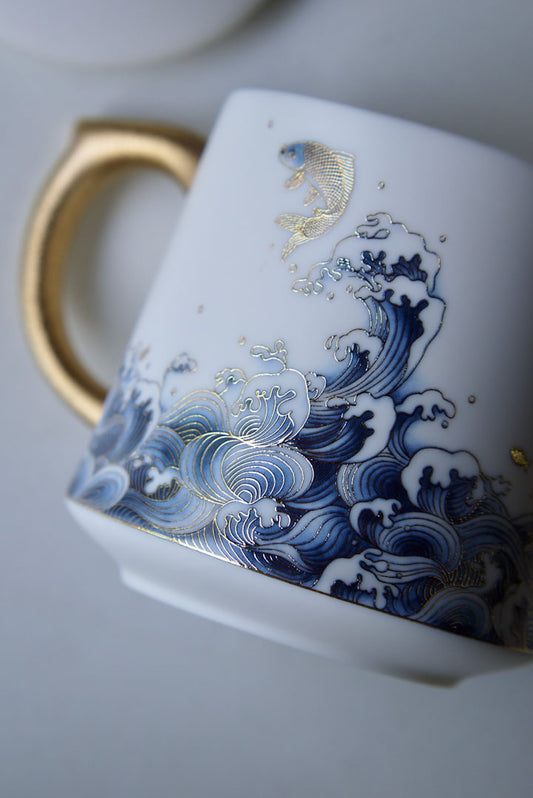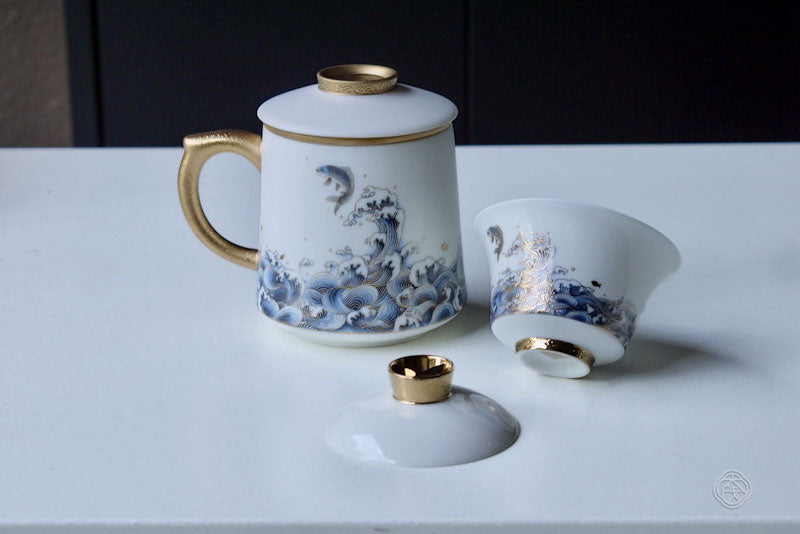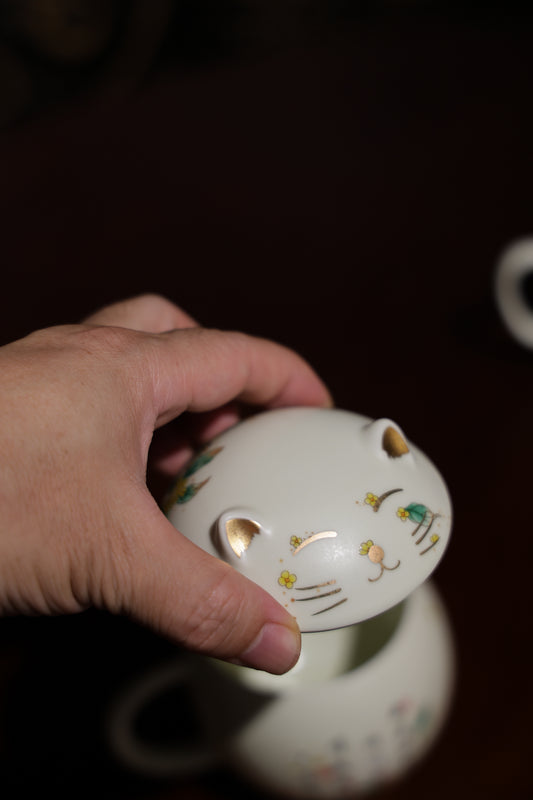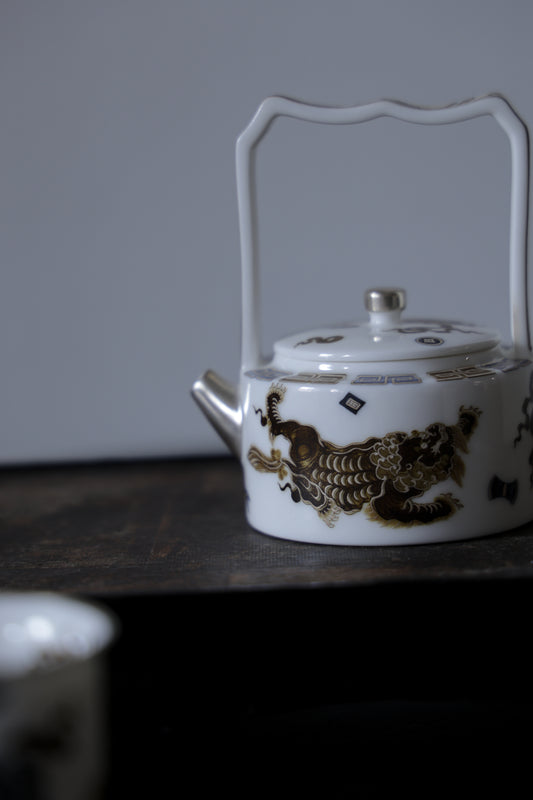
Is China or Porcelain Better for Tea?
YuanKevinShare
When it comes to enjoying a perfect cup of tea, the choice of teaware can significantly influence your experience. Among the various materials used in teaware, China and porcelain stand out as two of the most popular and revered. But which one is better for tea? In this article, we’ll explore the differences between China and porcelain, their benefits, and which one might be the best choice for your tea-drinking ritual.

Understanding China and Porcelain
To begin, it’s essential to understand what China and porcelain are. The term "China" is often used interchangeably with porcelain, especially in Western countries, but there are distinctions. Both China and porcelain refer to fine ceramics, but they differ in their composition, firing temperature, and the final characteristics of the material.
Porcelain is a type of ceramic made from a fine-particle clay called kaolin, mixed with feldspar and quartz. It is fired at very high temperatures, typically between 1,200 and 1,400 degrees Celsius, resulting in a dense, white, and translucent material. The high firing temperature gives porcelain its durability and distinctive glassy surface, which is non-porous and ideal for tea.
China, in the strictest sense, refers to fine bone china, which is a type of porcelain. Bone china includes bone ash in its composition, making it even more translucent and giving it a slightly warmer tone compared to traditional porcelain. Bone china is also known for its strength and chip resistance, making it a preferred choice for fine dining and tea ceremonies.
Tea Flavor and Aroma
One of the most crucial aspects of enjoying tea is the flavor and aroma, which can be influenced by the material of the teaware. Porcelain is highly regarded for its ability to retain heat, which is essential for brewing certain types of tea, especially green and white teas that require lower water temperatures. The non-porous nature of porcelain ensures that it doesn’t absorb flavors or aromas from previous uses, allowing each cup of tea to express its unique character.
On the other hand, bone china, due to its slightly more porous nature, can retain a bit of the tea’s flavor and aroma over time. This characteristic can be beneficial for seasoned tea drinkers who prefer a richer, more consistent taste. The translucency of bone china also adds a visual elegance to the tea-drinking experience, making it a favorite among those who appreciate aesthetics.

Durability and Maintenance
When considering durability, both porcelain and bone china are strong contenders. Porcelain is known for its hardness and resistance to scratches and chips, making it a reliable choice for everyday use. Its non-porous surface also makes it easy to clean, as it does not stain easily and can be washed by hand or in the dishwasher without worry.
Bone china, while also durable, is slightly softer due to the inclusion of bone ash. This softness makes it more resistant to chipping compared to traditional porcelain, but it may require more delicate handling. Bone china is often reserved for special occasions, partly due to its luxurious feel and partly because of the care required to maintain its pristine condition.
Aesthetic Appeal
Aesthetic appeal is another factor that might influence your choice between porcelain and China. Porcelain teaware is often admired for its pure white color and smooth, glass-like finish. It provides a simple, elegant backdrop that allows the color of the tea to stand out. Many traditional Chinese teapots and teacups are made from porcelain, showcasing intricate designs that reflect the rich history and culture of tea drinking.
Bone china, with its warm, creamy hue, offers a different kind of elegance. Its translucency and delicate appearance add a touch of sophistication to any tea setting. Bone china often features intricate patterns and gold or silver accents, making it a favorite for formal occasions and afternoon teas.
Which Is Better for Tea?
So, is China or porcelain better for tea? The answer ultimately depends on your personal preferences and the type of tea you enjoy. If you value heat retention, flavor purity, and a classic aesthetic, porcelain may be the better choice for you. Its durability and ease of maintenance also make it an excellent option for both everyday use and special occasions.
If, however, you appreciate a slightly richer flavor, a warmer appearance, and the elegance of fine bone china, then China might be the better option. Bone china’s unique properties and luxurious feel make it a popular choice for those who take their tea-drinking ritual seriously.
In conclusion, both China and porcelain offer distinct advantages for tea lovers. Whether you choose one over the other, the key is to find teaware that enhances your tea experience and aligns with your personal taste.





















